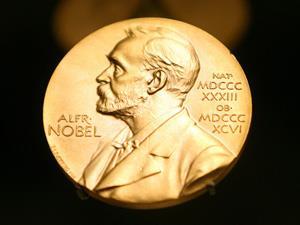Recipients discovered how cells can patch up damaged DNA

The 2015 Nobel prize in chemistry has been awarded to Tomas Lindahl, Paul Modrich and Aziz Sancar for unravelling how cells repair damaged DNA. The work has been instrumental in developing our understanding of how cancers and other hereditary diseases develop.
‘It turns out that DNA, which encodes the genetic information in our cells … is frequently damaged,’ said Claes Gustafsson, a member of the Nobel committee for chemistry. ‘What these three prize laureates this year have done is that they have investigated and described in chemical detail important processes … that can correct these mistakes when they arise.’
But it has been a long road, one which the laureates started down at the end of the decade that had seen Watson and Crick awarded the Nobel prize in medicine for uncovering DNA’s structure in 1962. Lindahl, now based at the Francis Crick Institute, UK, dedicated his career to investigating the stability of bacterial DNA, correctly identifying that it decays over time and that there must be some form of repair occurring in the cell to prevent it.

By 1996 he had successfully identified this repair mechanism in human DNA. He discovered that the enzyme glycosylase can cut out a mutated base from a DNA strand. A polymerase enzyme then fills in the gap in the DNA, correcting the error.
The repair mechanism is similar to the interaction mapped by Sancar from the University of North Carolina, US, who was able to expose the ways in which DNA responds to attack from UV radiation.
Modrich, now at Duke University, US, primarily focused on internal sources of damage – just as Lindahl did. Modrich found how bacteria could repair DNA damage by engineering bacterial viruses with mismatched bases and examining bacteria infected with the viruses.
Collectively, the three laureates’ research has helped molecular biologists to understand how cancers and hereditary diseases may spread throughout cells and why they are sometimes resistant to treatments such as radiotherapy.
The full version of this article can be found on Chemistry World









No comments yet